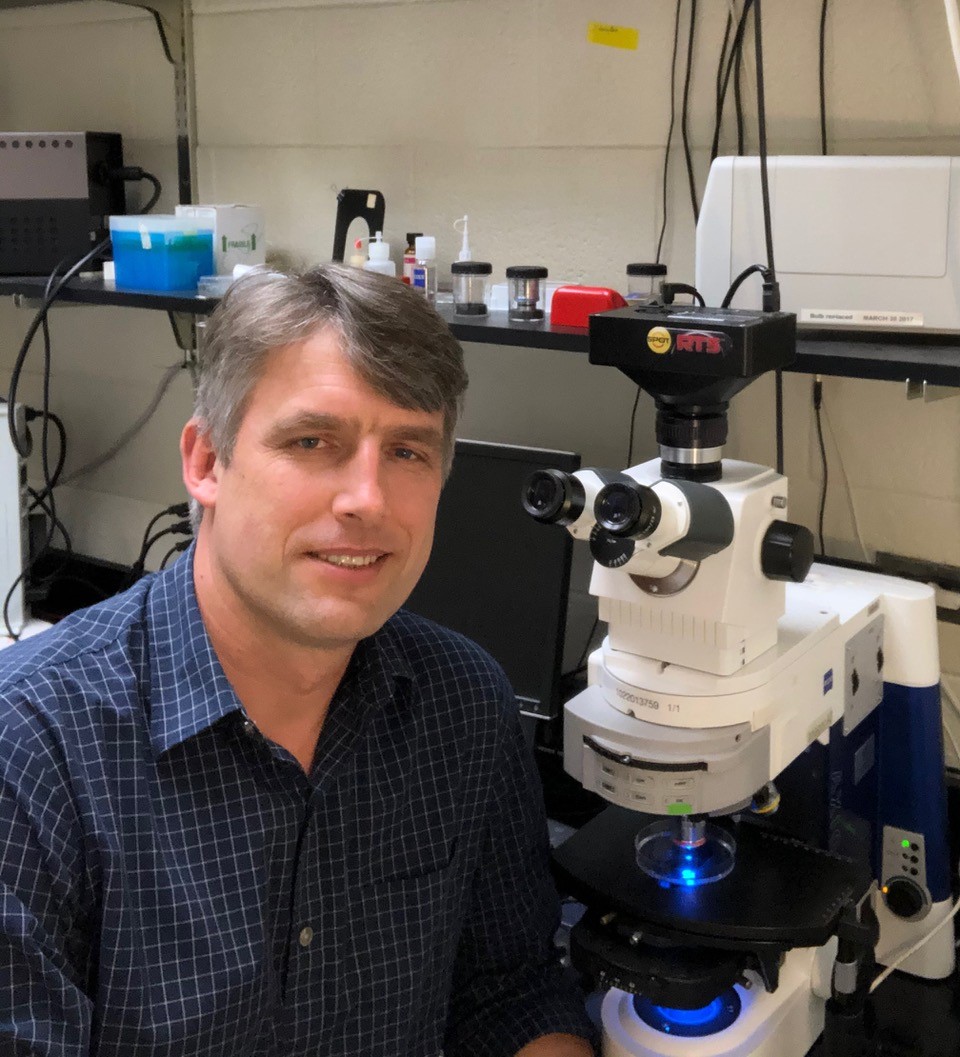The ability to regenerate injured tissues is a fascinating phenomenon. Some organisms, such as the hydra or the axolotl, possess extensive regenerative capacity. Others, including our own species, Homo sapiens, have much more limited regenerative capacity. Is this inability to regenerate hardwired into our biology, or can our cells be “tricked” into carrying out a regenerative program?
The first step is to understand the genetic programs governing regeneration in organisms which do it really well. The model system we study – the zebrafish – has an innate ability to regenerate many different tissues, including the heart. Major cardiac injury, inflicted either by surgical removal of the tip of the ventricle or application of a cryoprobe, is repaired within one to three months, with full physiological recovery.
We are also interested in developing genetic tools needed to study molecular genetic mechanisms of regeneration. We use transposable elements and site-specific recombinases to integrate various transgenes into the zebrafish genome and to manipulate them. We use the CRISPR/Cas9 system to modify the zebrafish genome by introducing deletions, single amino acid changes, epitope tags and loxP sites.
For more information, please visit the lab website http://www.balciunaslab.com/

